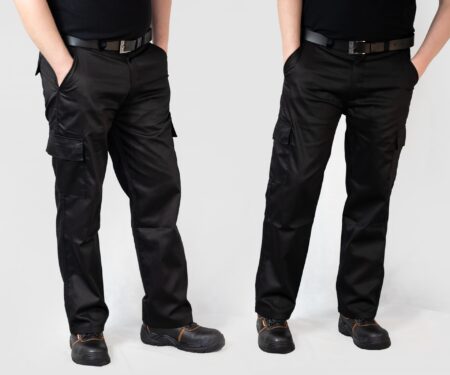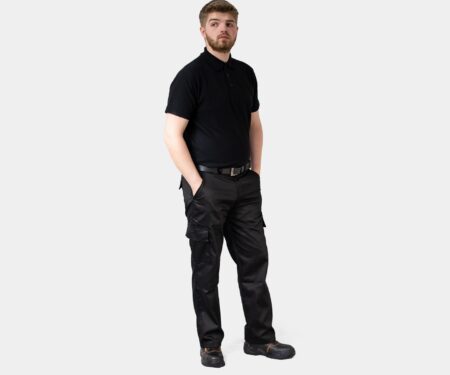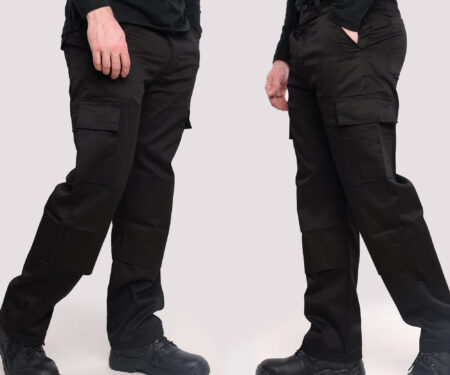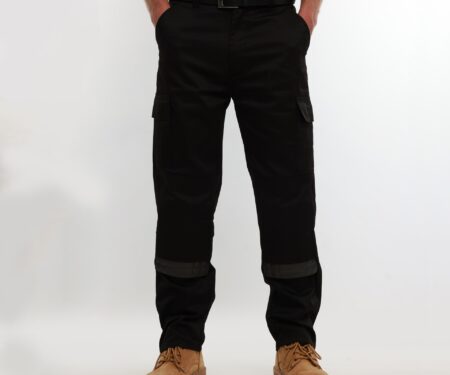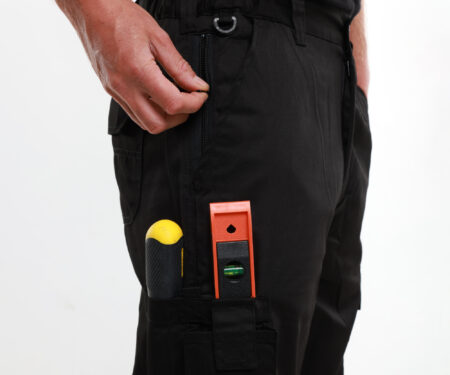Weed control is a never-ending task that every dedicated gardener must undertake year after year. However, if you know the correct way to get rid of weeds and stop them from spreading and reappearing, you may reduce the amount of labour you’ll have to do in the future.
In this blog we will explain the best and most effective ways to remove pesky weeds from your driveway and beloved garden.
How to kill weeds permanently
Weeds are permanently killed by completely eliminating their roots from the soil and putting in place measures to prevent fresh weed roots growing again. It’s equally as crucial to get rid of weeds efficiently. There are a variety of approaches to performing these tasks effectively, which we will discuss below.
If you’re looking for a home remedy, Vinegar is a natural alternative to weed killer for permanently eradicating weeds, but nothing beats frequent hand weeding to get the job done without introducing chemicals to your garden that might harm any animals or bugs in the process.
Dig them up from the roots by hand
True and understandably, it’s a touch out of date, but it’s certainly held up after all of this time. Digging out weeds is one of those tried-and-true, all-natural ways that when done correctly, can be very effective.
Gently push them out of the soil using a garden fork or a small hand trowel, seeking to remove all of the roots to prevent quick regrowth. If you only have a few weeds in your garden then this method is excellent, but if you have a lawn full of them, you should consider investing in a weed removal tool.
One of the downsides to removing weeds by hand is having to get down and dirty, we recommend using knee pads when on the floor removing weeds to ensure you don’t injure yourself, at SiteKing we offer long lasting durable knee pads available for purchase at https://www.siteking.co.uk/personal-protective-equipment/knee-pads
Use a chemical weed killer
Chemical weed killers, such as using pellets for slug control, are a big red flag for avid gardeners and should be used with caution as they are highly chemical and are damaging to animals, wildlife and the environment.
When it comes to using Chemical weed killer it should only be applied in a minimum and focused manner. Since chemicals are involved it is advised to wear thick rubber gloves to prevent any skin burns. Carefully follow the instructions, only spray at the proper times, don’t combine different chemical products, and avoid breathing in aerosols or coming into touch with the weed killer itself.
We advise always having a Medical kit near just in case. If there are children or pets present, be extra cautious. A concentrated substance, generally a gel, may be applied to specific weeds and will work its way down to the roots, slowly but surely destroying them.
Regular weed maintenance
The idea is to maintain your lawn on a regular basis and eradicate weeds while they’re still little. Smaller weeds can normally be picked out with gloved fingers if there are very few of them. It’s a lot easier to do this than it is to pull out full-size dandelions. Additionally, eradicating weeds while they are still young can assist to prevent them from growing long roots and in hand spreading further potentially damaging parts of your garden.
Approximately once a week, go over your garden and check for any weeds that may be growing. Keep a rubbish bag or bin handy while working to make cleaning simpler. You’re never going to eradicate all the weeds but you can try your best to get rid of the majority of them.
Instead of bending at the waist and potentially injuring yourself it’s best to kneel or squat near your area of work to prevent injury. Knee pads or a stool may be useful in this situation and can be readily purchased at www.siteking.co.uk
Proper disposal of the weeds
If you don’t properly dispose of weeds, all of your hard work weeding your garden will potentially be undone quickly. If you do this latter step of the job poorly, you’ll just be providing a breeding environment for old weeds to resurface in your garden.
When removing weeds, the ideal method is to place them in a designated container, bin, or bag, then dispose of them in green or general rubbish bins. Do not place them in a compost pile where they will readily regrow roots. The same applies for grass cuttings that may contain weed seeds; adding them to a compost heap, using them as mulch, or spreading them over the lawn will only make your weed situation harder.
Garden waste is composted at temperatures that are high enough to eliminate weeds and sold back to the community or utilised in public projects in the majority of situations. The majority of weeds can be burned, but not all.
Burning poison ivy is harmful because it releases harmful poisons. Japanese knotweed should not be thrown out in the rubbish; it must be removed by a professional as this is one of the most toxic weeds known.
Preventing weeds from growing back
So you’ve finally removed all of the weeds and now it’s time to stop them from ever growing back. There are a few different techniques used when preventing the weeds from growing back.
The use of stabilising sand can be used to help prevent any roots from coming back after you’ve removed the weeds using one of the ways outlined above. It is critical that the patio is completely dry and weed-free before adding sand. Some paver sands contain gel compounds that react with water to fill up the gaps between the stones, preventing weeds from growing.
There are also many different chemicals that can be purchased to prevent weeds from growing back as this should only be a last minute resort due to the damage it can do to wildlife, animals and the environment.

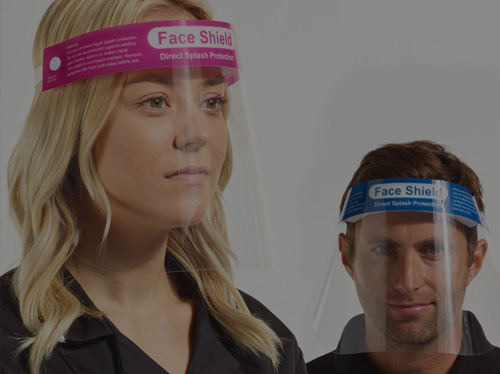




![clearpay1]](https://www.siteking.co.uk/wp-content/uploads/2023/03/clearpay1.jpg)
